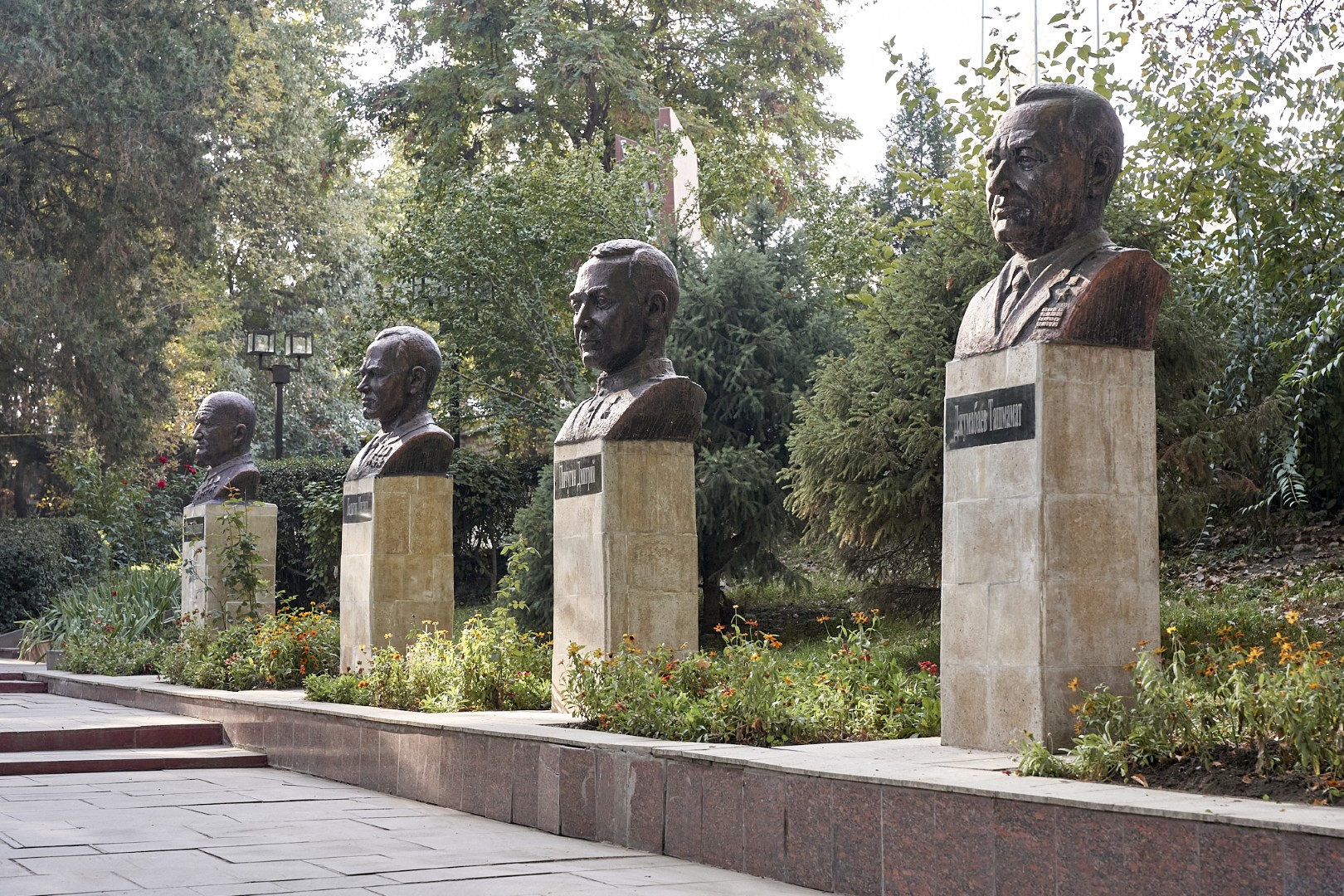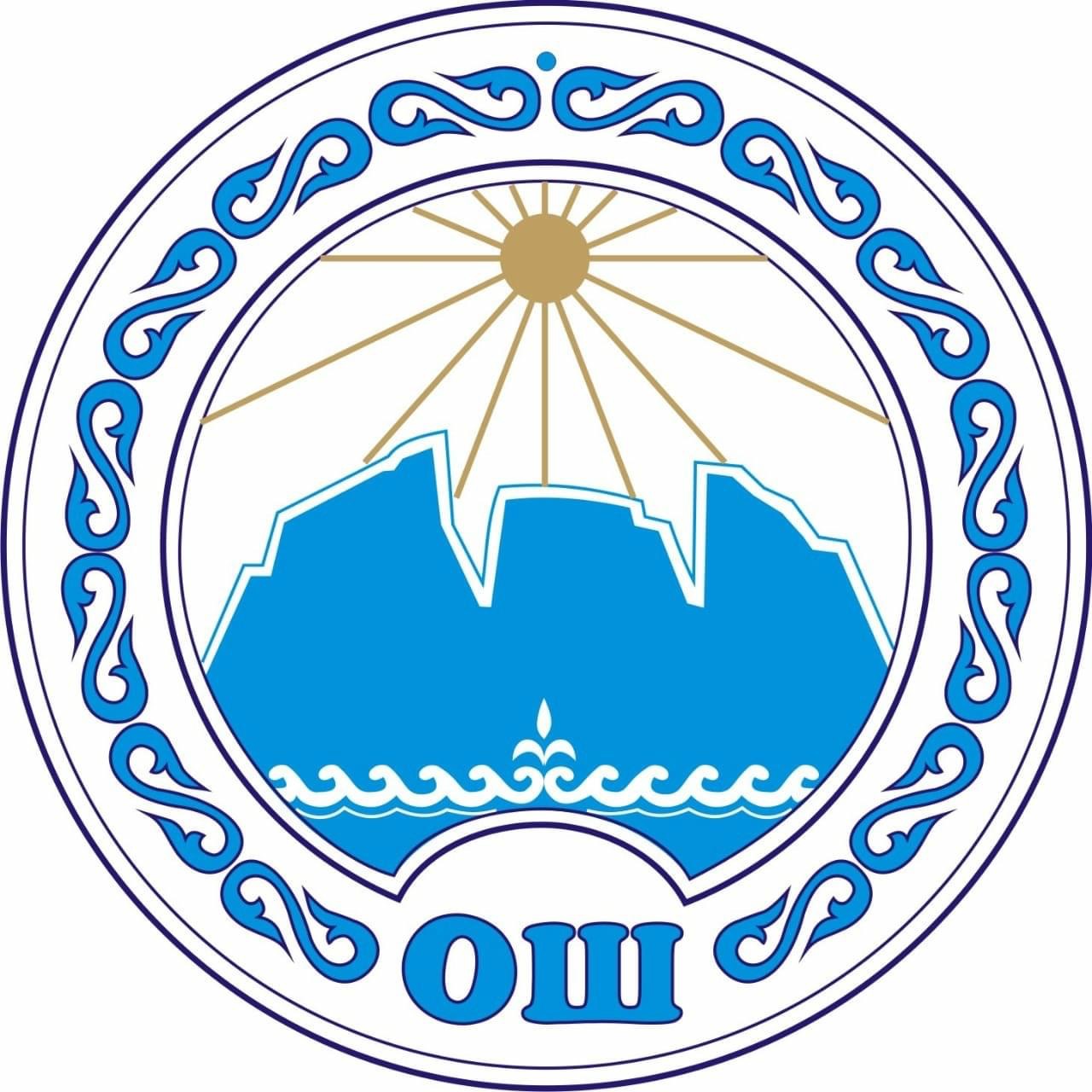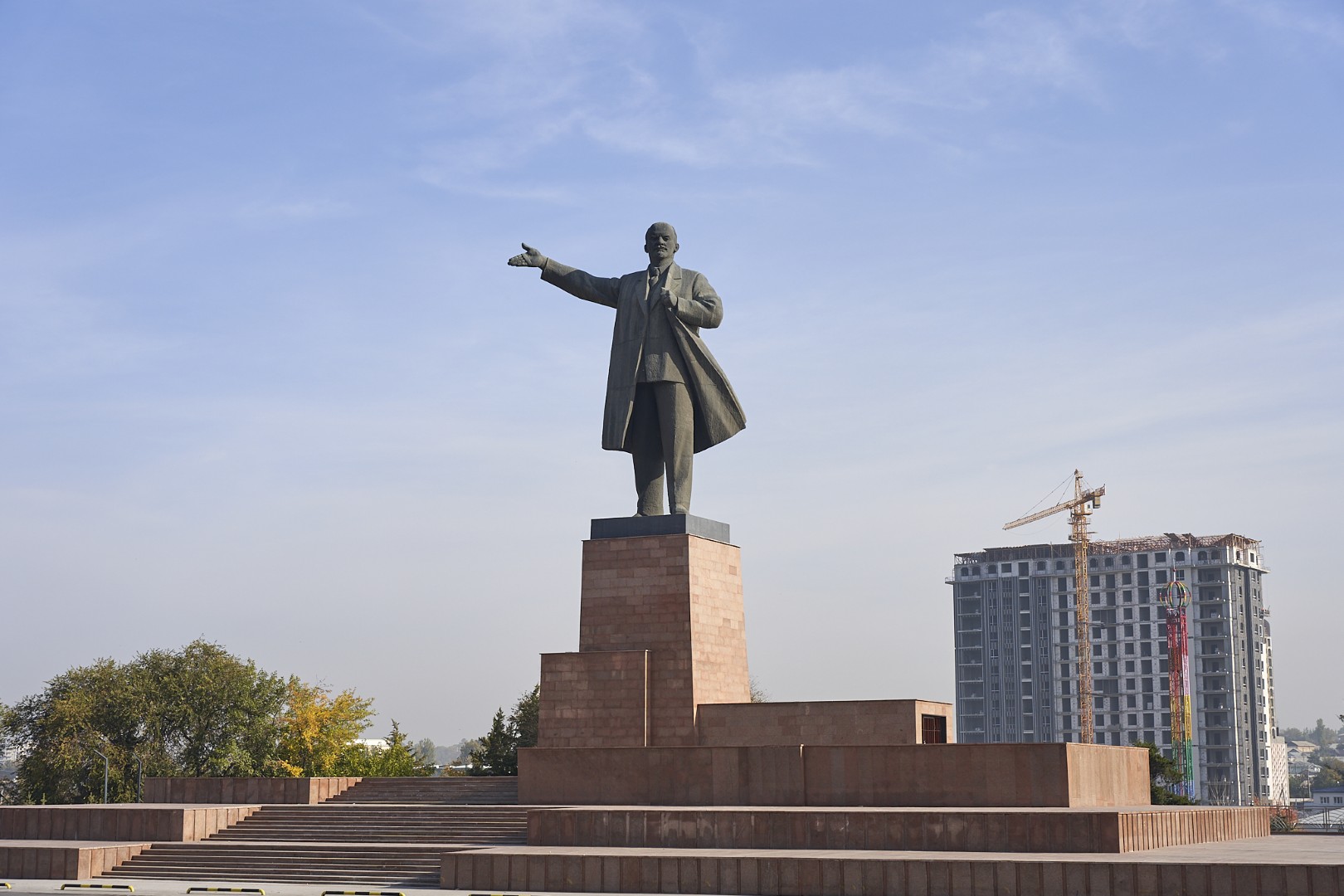
Monuments as symbols of changing eras
An imposing monument to Communist leader Vladimir Lenin, erected in May 1985, still stands in Osh’s central square. The statue itself is 11 metres high and rises on a 12-metre plinth. The originator of the project, Soviet sculptor Nikolai Tomsky, died a year before its opening. He is well-known as the artist behind many of the monuments to Lenin spread across the former Soviet Union.
Osh’s first monument to Lenin was erected on May 1st, 1925, in front of the club in the old part of the city. Later it was removed and relocated to the city of Razzakov (formerly Isfana). Other historical monuments to Lenin once stood on the site of the current monument of the Alai queen Kurmanjan Datka and in front of the Orthodox church.
Monuments to the infamous head of the Soviet government, Joseph Stalin, disappeared from city squares and streets after the famous 20th Congress of the Communist Party, which rebuked the cult of Stalinism. The most recognizable of them stood on the street of the same name, where the Eternal Flame memorial complex is now.
Another well-known monument to Stalin was once located at the central entrance to Toktogul Park, where it stood on a pedestal opposite a corresponding monument to Lenin. Today, huge stone bowls with flowers remain in their places.
The history of the Eternal Flame complex, which was dedicated to the Soviet military commanders who fell in the struggle against the ideological opponents of Soviet power, is interesting. Behind the Orthodox Church (which during the Soviet period was used as the House of Culture and the Regional Philharmonic Hall), memorial plates were placed with the names of the fallen. Today this part of the complex has been reformatted into a monument to the Soviet citizens who took part in the response to the Chernobyl accident in 1986.
In 2011, the “Tears of Mothers” memorial complex was erected by the northern wall of the Orthodox Church. From the monuments in the square, you can study the history of the city from the beginning of the 20th century to the present day.

Other Experiences
-
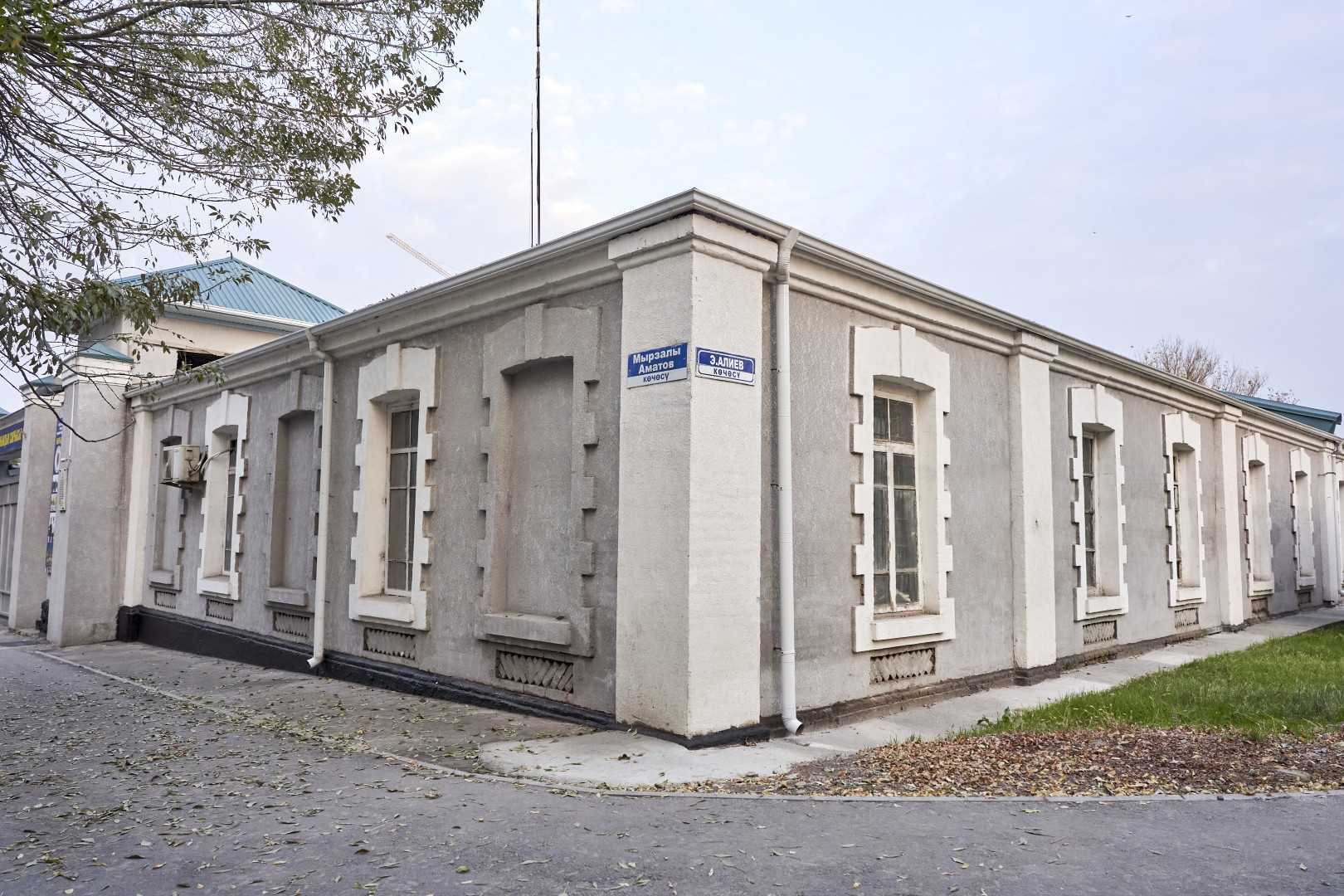
Osh Fortress
The Osh fortress was built in 1919 on the site of the former Tsarist Russian military barracks, located in the very center of the “new…
-
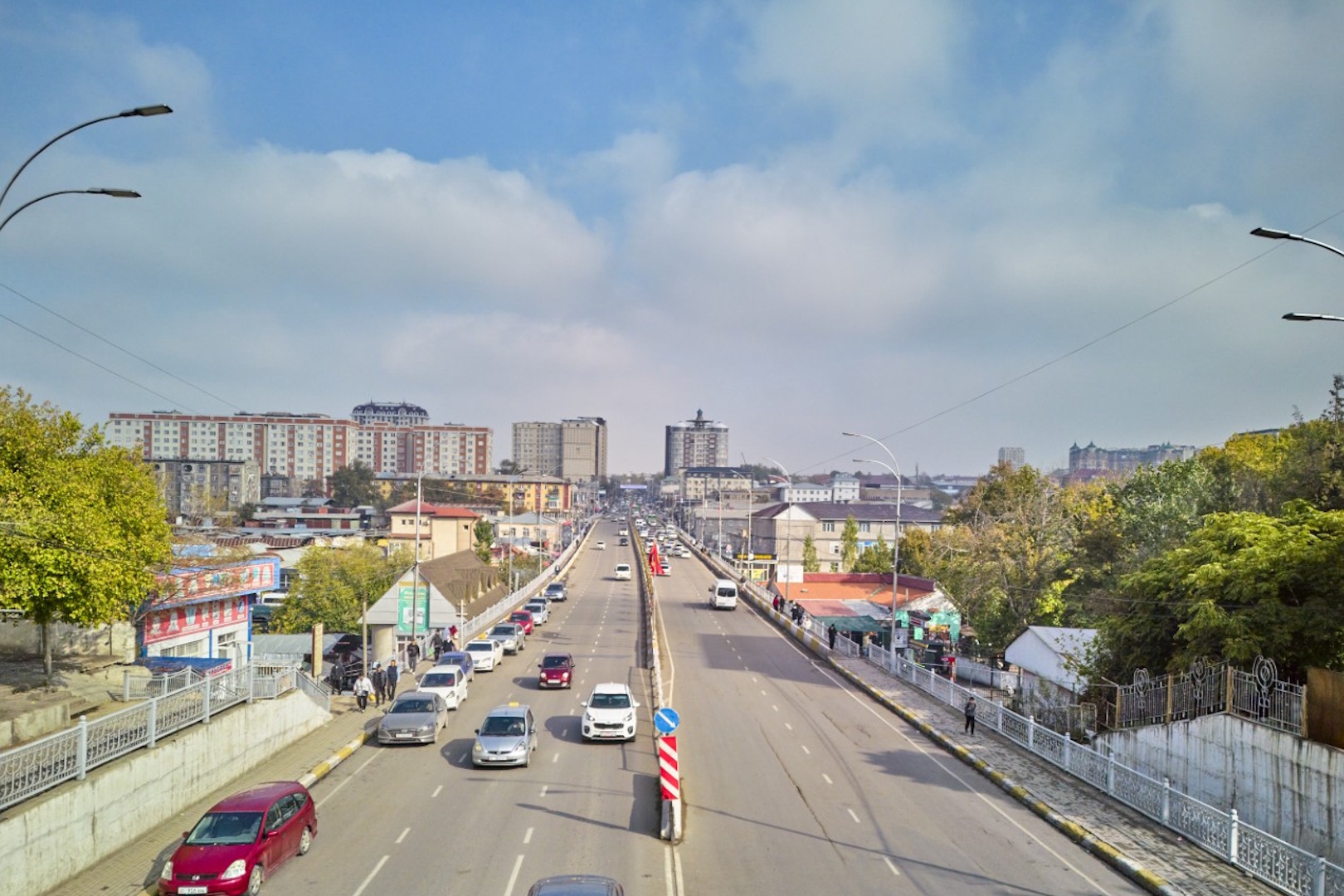
The road to the Pamirs starts in Osh!
The Pamir Highway begins in Osh! The Pamir Highway, one of the highest mountain routes in the world, is an extraordinary landmark and starts right…
-
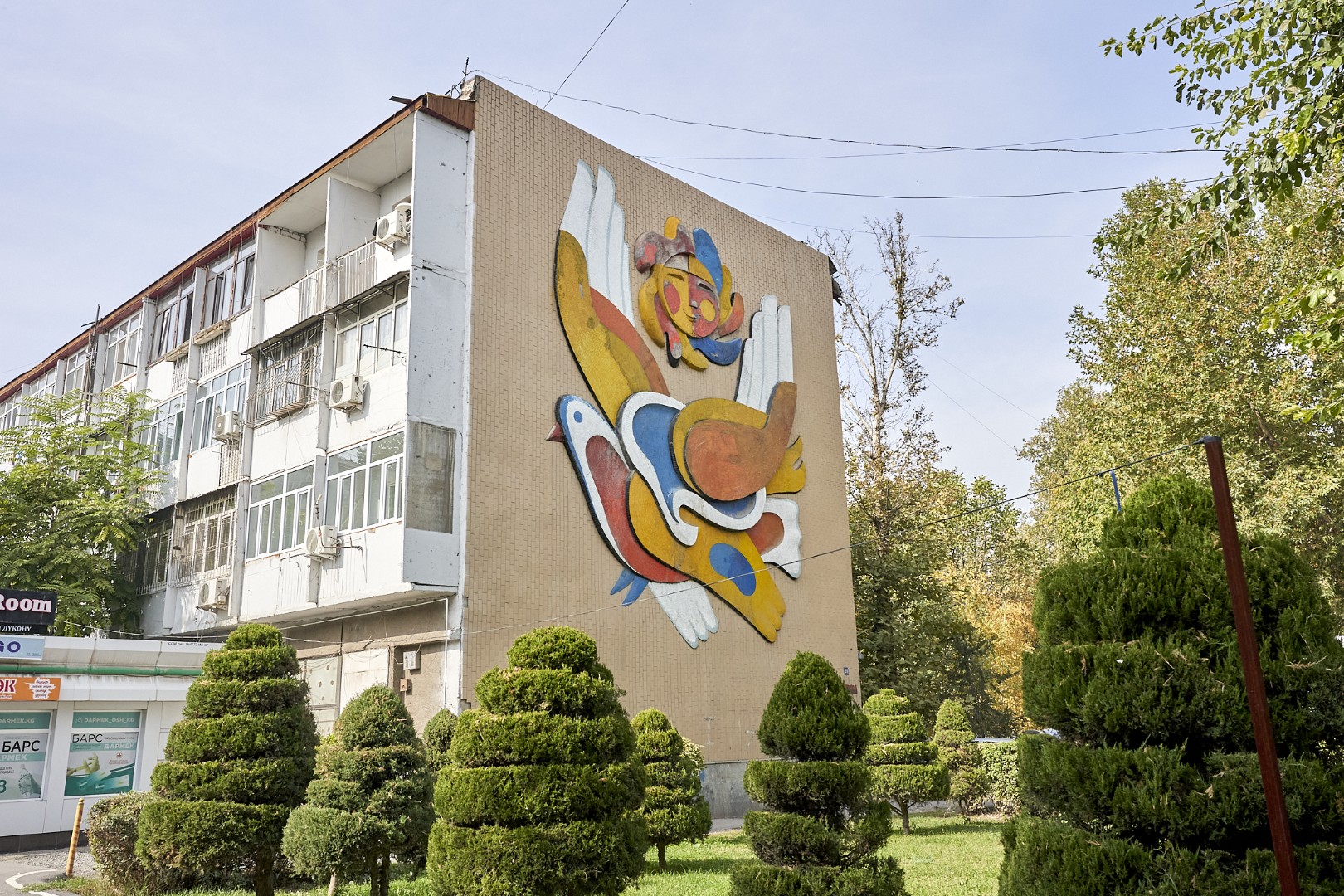
Mosaics as symbols of the era
Monumental mosaics, still preserved on some buildings in Osh, are an instantly-recognizable hallmark of the Soviet period in the history of the city. The first…
-

Soviet city near the Alai Mountains
Welcome to Soviet Osh! The current appearance of the city was largely formed during that period. The Second World War delayed the realization of the…
Other Locations
-

Mosaics as symbols of the era
Monumental mosaics, still preserved on some buildings in Osh, are an instantly-recognizable hallmark of the Soviet period in the history of the city. The first…
-

History of the Bazaar
Osh’s old bazaar dates back to the founding of the city, some three thousand years ago. Today, many of the smaller local bazaars have disappeared…
-
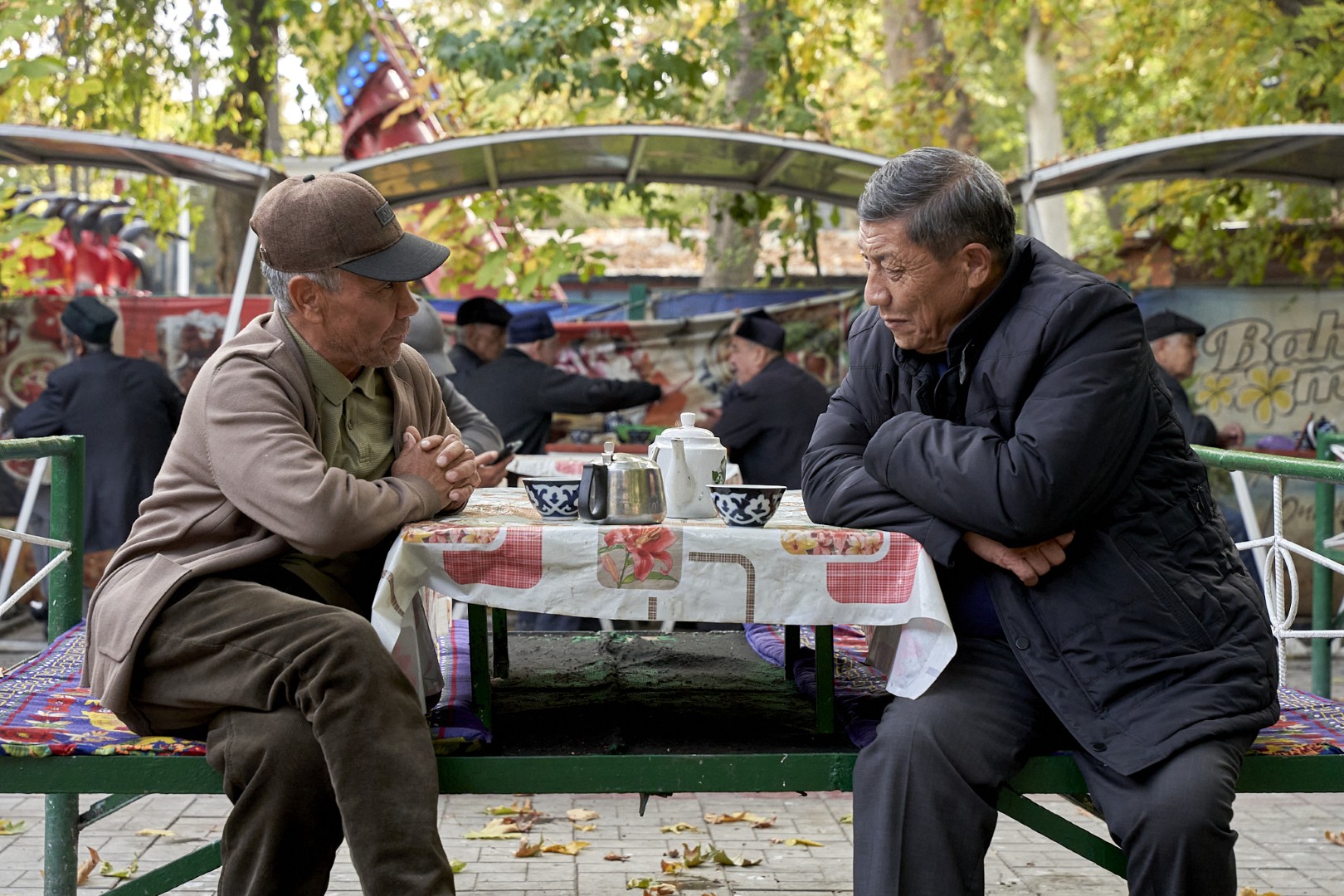
Pamil Tea
If you want to enjoy a cup of properly brewed fragrant green tea, Osh is the place to do it! Here, even in the height…
-
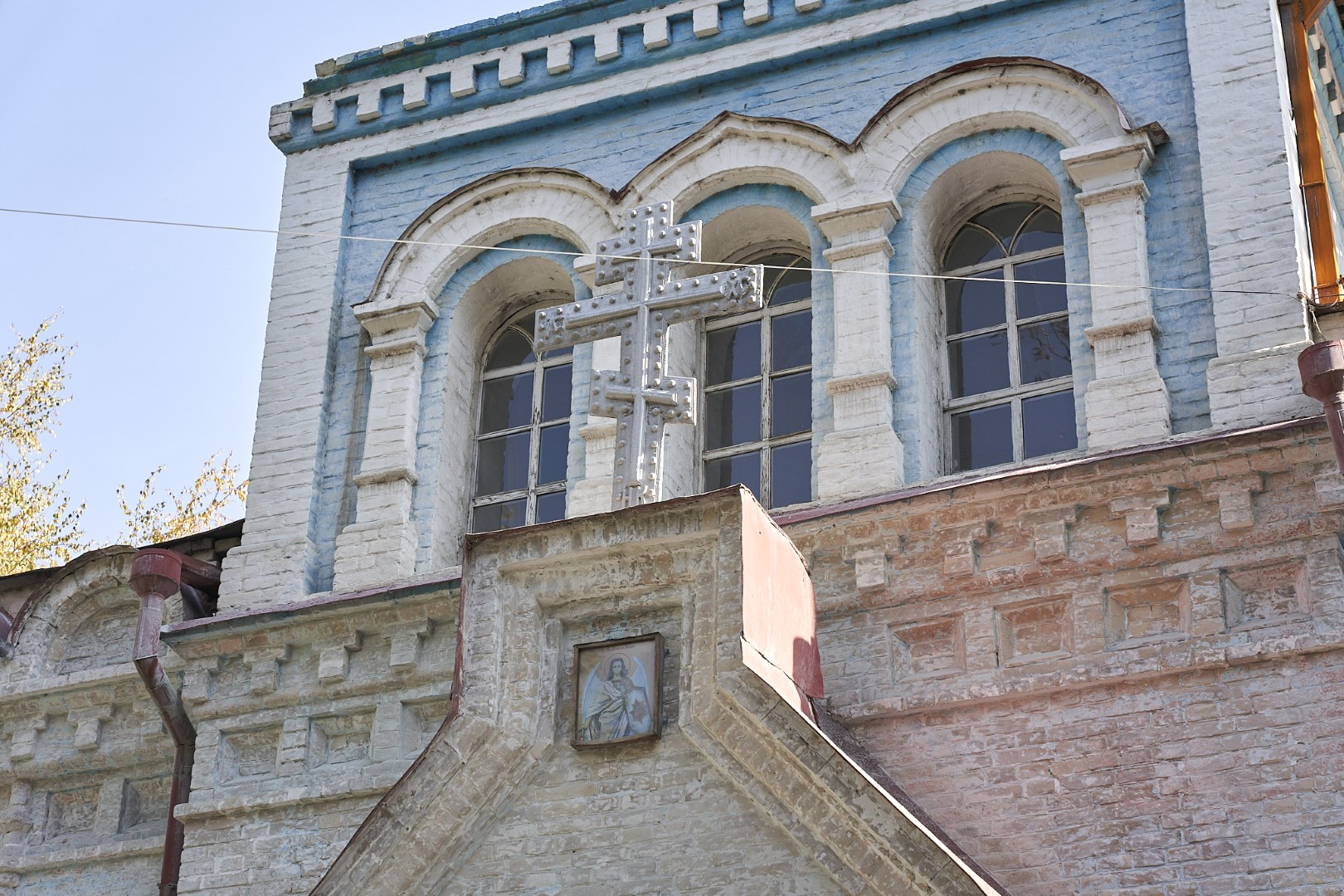
Russian Orthodox Church
St. Michael the Archangel Cathedral is the only remnant of Russian Orthodox architecture in Osh and was the central landmark around which the Slavic community…
